lazjen
Active member
- First Name
- Chris
- Joined
- May 8, 2024
- Threads
- 6
- Messages
- 43
- Reaction score
- 143
- Location
- Sunshine Coast, QLD, Australia
- Vehicles
- F150 Lightning XLT ER 2023
- Thread starter
- #1
I signed up for a couple of 4WD training courses - off road and sand driving - as this vehicle is my first 4WD. Thought it best to learn some of the basics firsthand.
Overall they were not too difficult and the Lightning handled things pretty well. Probably the biggest negative was the longer wheelbase means it doesn't have a great "breakover" angle, so it can mean some stuff gets a bit more gnarly than for the shorter wheelbase 4WDs that are more prevalent.
For the off road/mud driving, the power consumption was very low. I used about 10% of the battery for the 5 to 6 hours of crawling around that we did. That was very encouraging. Sand driving however was another story. Admittedly we were doing training, so we drove mostly on the loose sand instead of the hard compacted stuff near the water. Power usage was very heavy though at about 1 kW/km, which is about 3 times "normal". I asked the trainer about the consumption in their vehicle and he mentioned that it's very heavy also - at least 5 times normal. Takes a lot of energy to push through that loose sand.
The worst part was having to clean the vehicle after, and while the sand comes off easy enough, it gets everywhere. Major pain to deal with overall and it took longer to clean than the mud. I've got a oscillating garden sprinkler that I can put under the vehicle to spray water into various crevasses and this was especially helpful dealing with the sand.
(Videos and Photos are by wife)
Videos (the descriptions have more commentary about the course, etc):
Glasshouse Mountains hill climb:
Glasshouse Mountains hill descent:
Glasshouse Mountains deep rut hill climb:
Glasshouse Mountains deep rut hill climb at top:
Glasshouse Mountains practice area:
Glasshouse Mountains easy muddy water cross:
Bribie Island Sand Driving - Getting bogged:
Bribie Island Sand Driving - The rescue part 1:
Bribie Island Sand Driving - The rescue part 2:
Whales off Bribie Island:
Pictures:
Time to get dirty:

We didn't do this path thankfully, but as we were preparing to do the other side, some other people turned up and had a go - and failed.

This was the other side of the image above:

Coonowrin (Crook Neck) Mountain:

Pumping up at the end and some of the dirty bits:

And now the sand driving:

Relatively clean at this point:

Some of the local wildlife watching on:

This leads to an inland track that loops back to the start. We didn't do that on the day.

Got stuck at one point, but we used it as a training exercise. The videos cover this in more detail.

This is the aftermath discussion where you can see the compacted sand, etc:

Some migrating whales off the coast (see video for more):

Towards the end. It might not look it, but we did manage to clean out a lot of sand when we got home. We've got our own backyard beach now.

Overall they were not too difficult and the Lightning handled things pretty well. Probably the biggest negative was the longer wheelbase means it doesn't have a great "breakover" angle, so it can mean some stuff gets a bit more gnarly than for the shorter wheelbase 4WDs that are more prevalent.
For the off road/mud driving, the power consumption was very low. I used about 10% of the battery for the 5 to 6 hours of crawling around that we did. That was very encouraging. Sand driving however was another story. Admittedly we were doing training, so we drove mostly on the loose sand instead of the hard compacted stuff near the water. Power usage was very heavy though at about 1 kW/km, which is about 3 times "normal". I asked the trainer about the consumption in their vehicle and he mentioned that it's very heavy also - at least 5 times normal. Takes a lot of energy to push through that loose sand.
The worst part was having to clean the vehicle after, and while the sand comes off easy enough, it gets everywhere. Major pain to deal with overall and it took longer to clean than the mud. I've got a oscillating garden sprinkler that I can put under the vehicle to spray water into various crevasses and this was especially helpful dealing with the sand.
(Videos and Photos are by wife)
Videos (the descriptions have more commentary about the course, etc):
Glasshouse Mountains hill climb:
Glasshouse Mountains hill descent:
Glasshouse Mountains deep rut hill climb:
Glasshouse Mountains deep rut hill climb at top:
Glasshouse Mountains practice area:
Glasshouse Mountains easy muddy water cross:
Bribie Island Sand Driving - Getting bogged:
Bribie Island Sand Driving - The rescue part 1:
Bribie Island Sand Driving - The rescue part 2:
Whales off Bribie Island:
Pictures:
Time to get dirty:
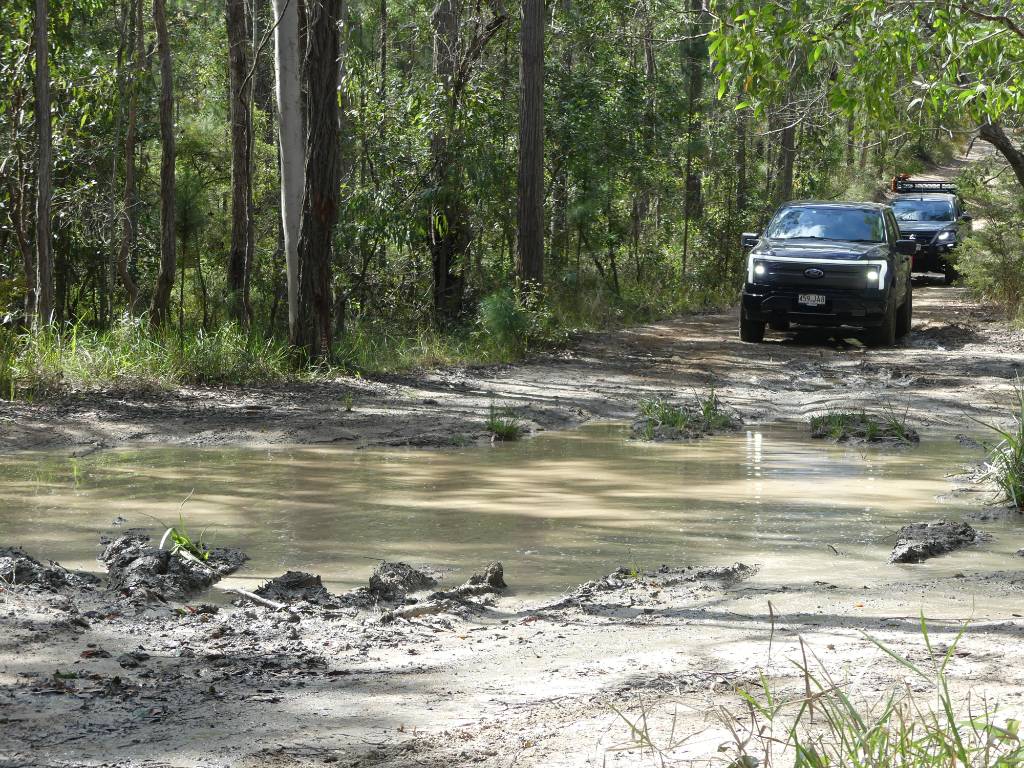
We didn't do this path thankfully, but as we were preparing to do the other side, some other people turned up and had a go - and failed.
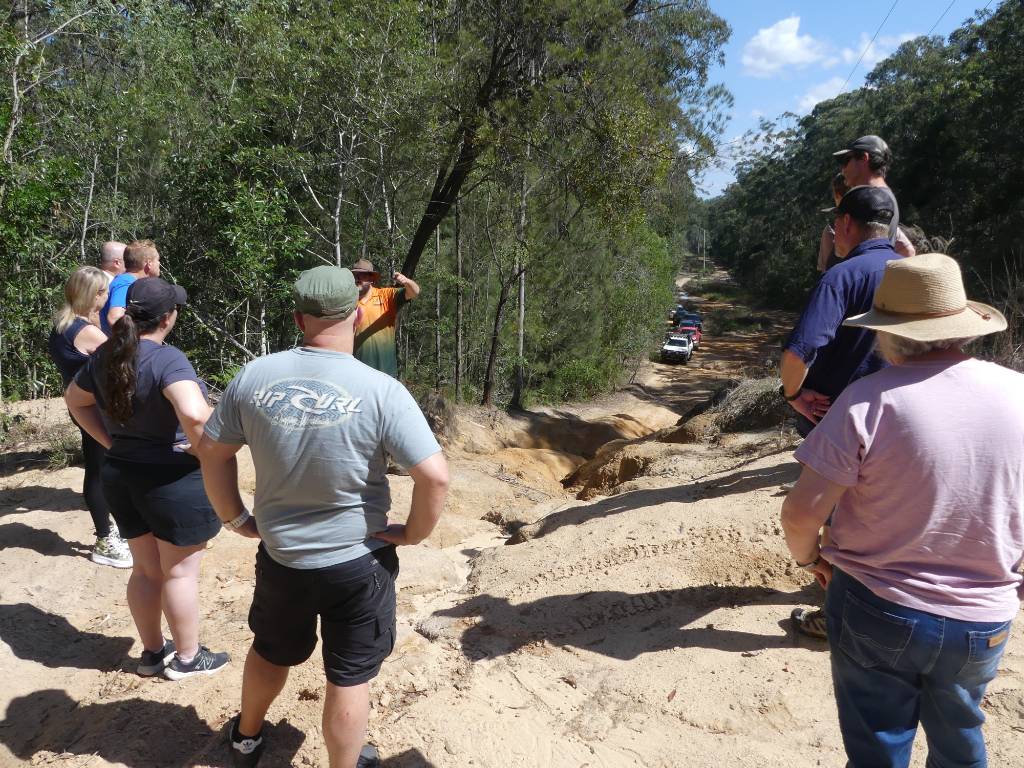
This was the other side of the image above:
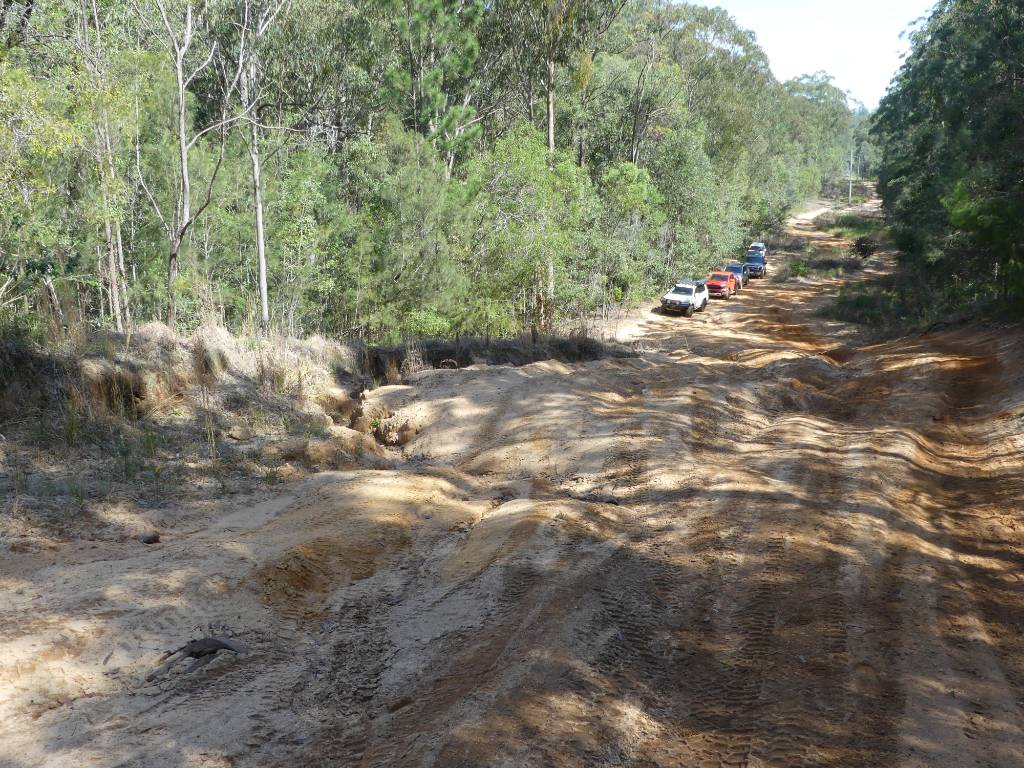
Coonowrin (Crook Neck) Mountain:
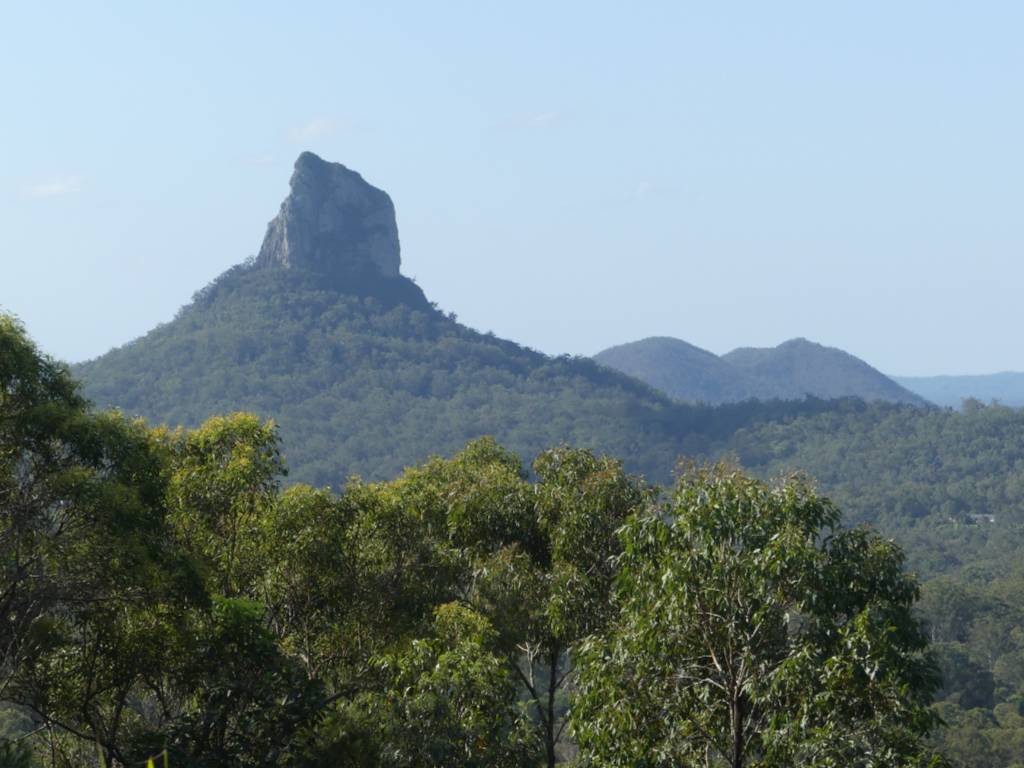
Pumping up at the end and some of the dirty bits:
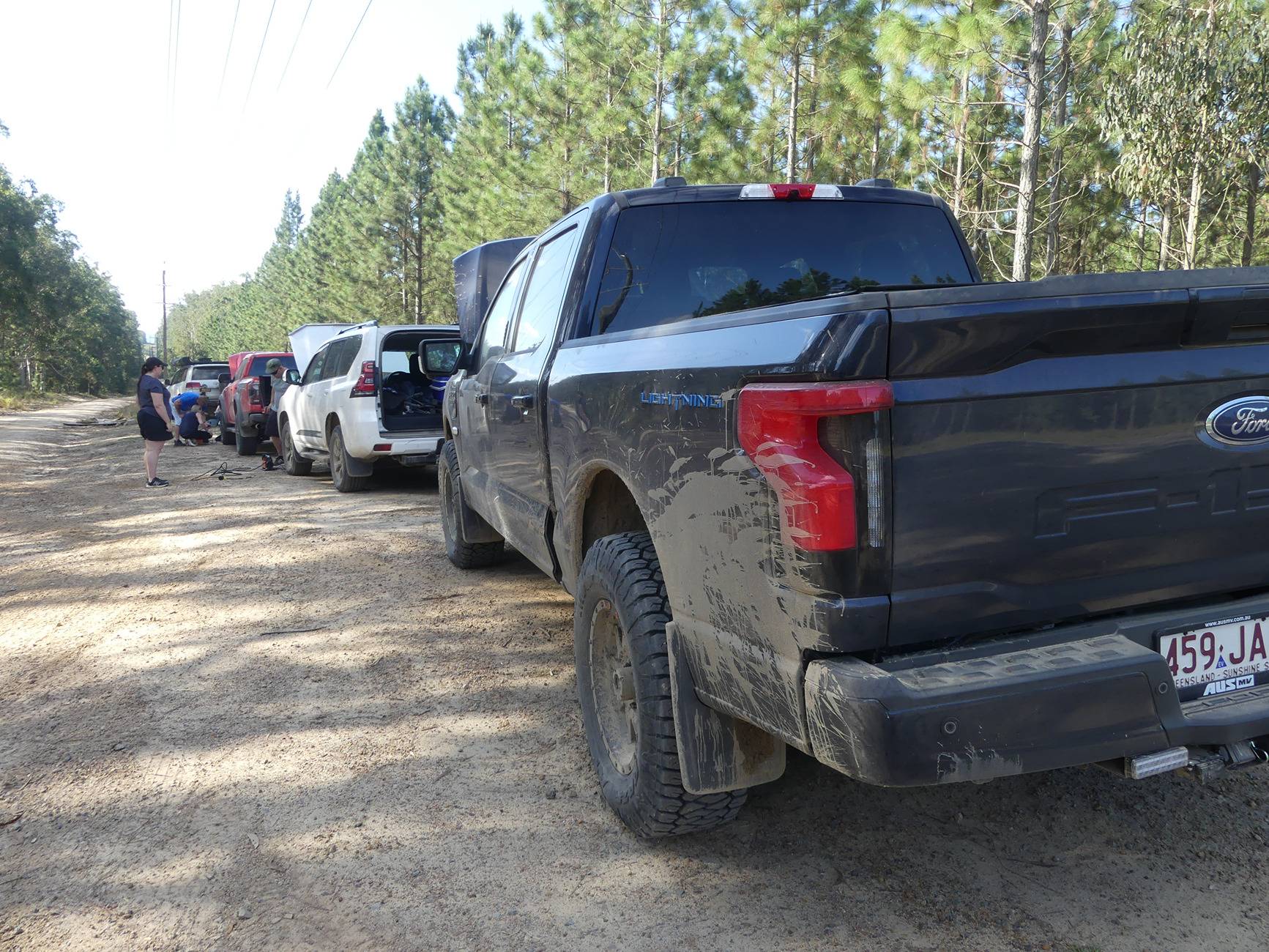
And now the sand driving:
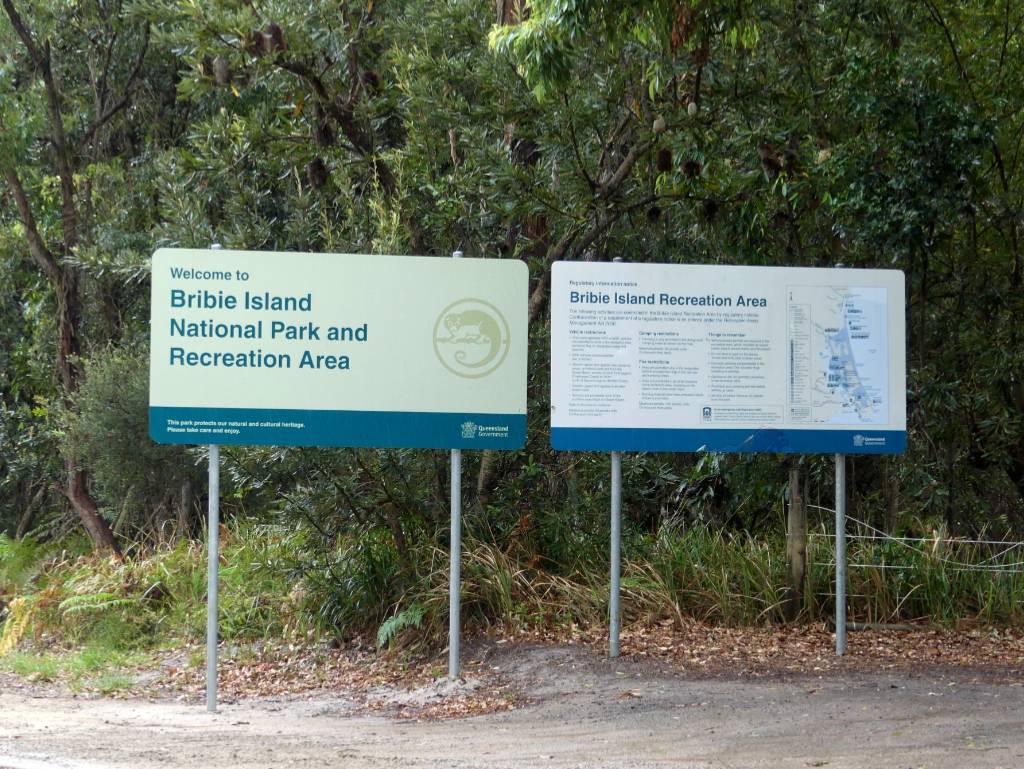
Relatively clean at this point:
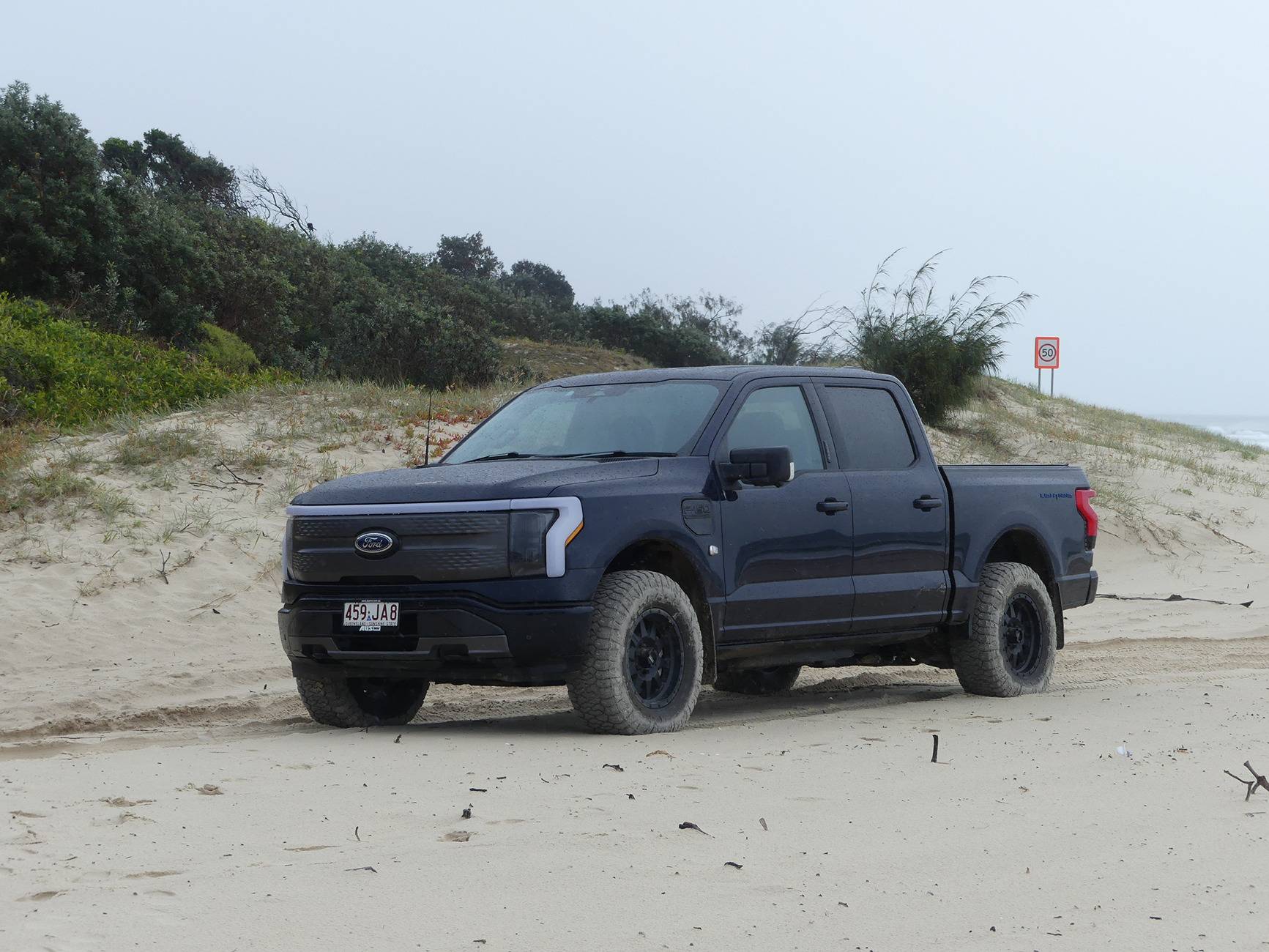
Some of the local wildlife watching on:
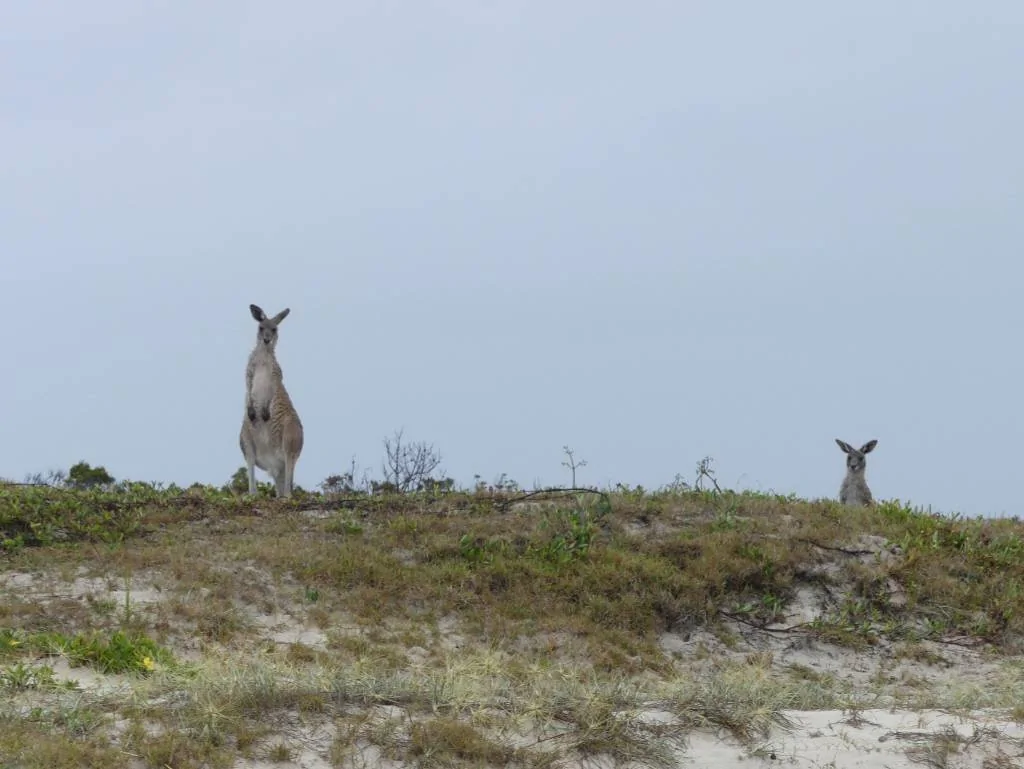
This leads to an inland track that loops back to the start. We didn't do that on the day.
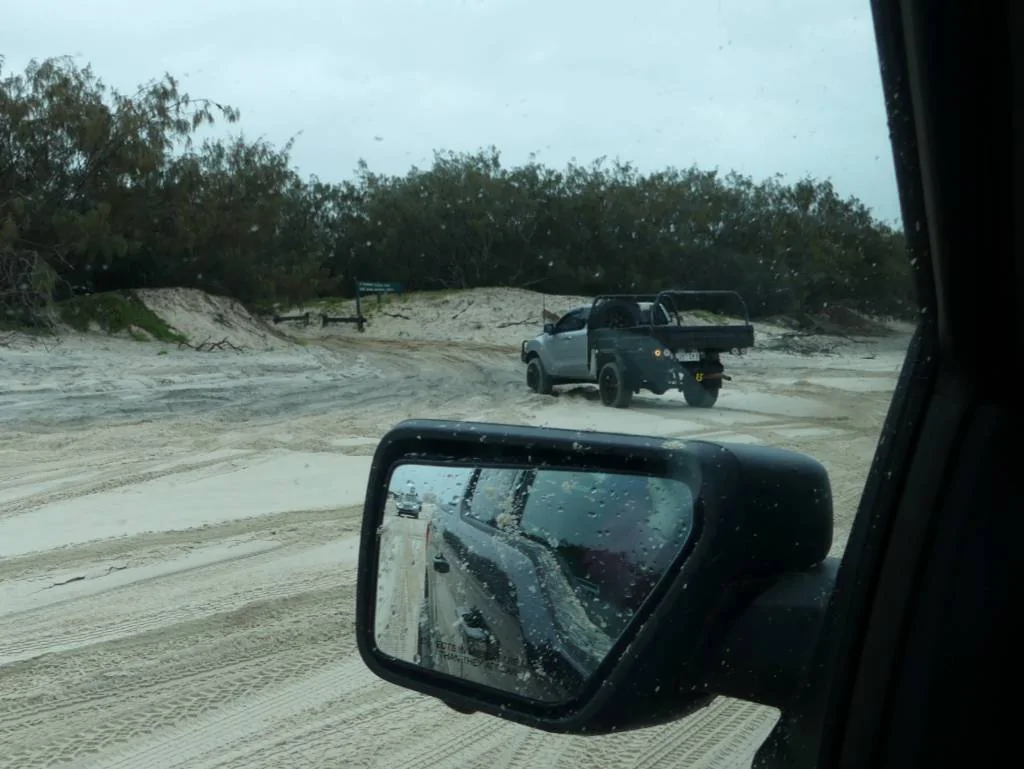
Got stuck at one point, but we used it as a training exercise. The videos cover this in more detail.
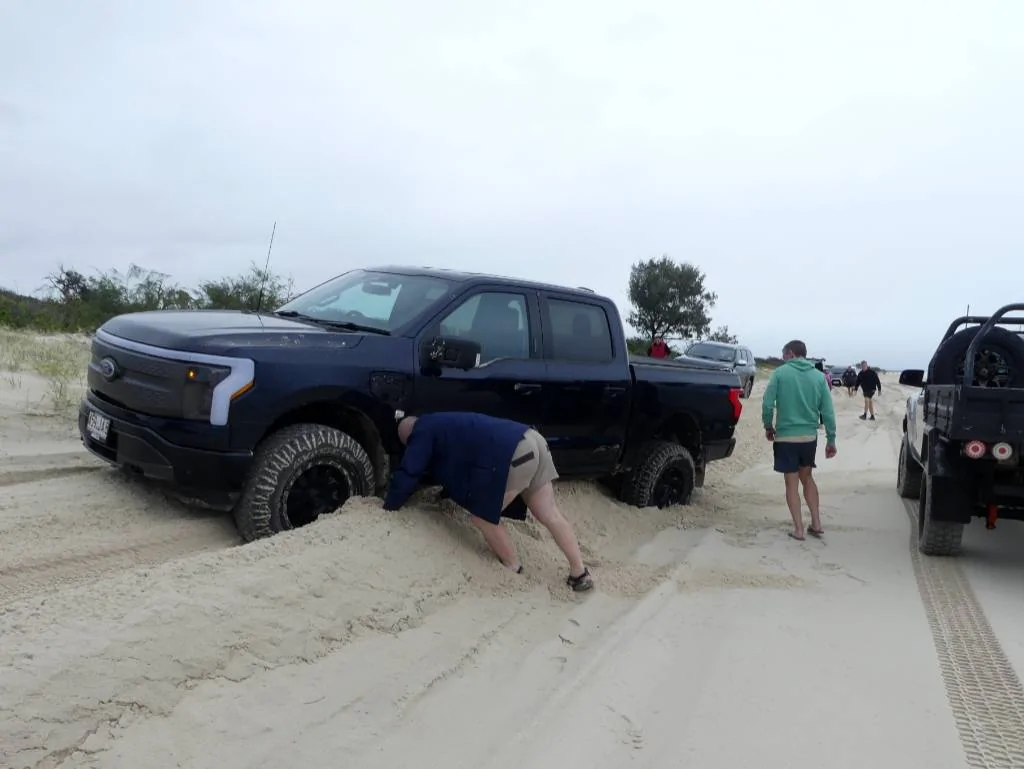
This is the aftermath discussion where you can see the compacted sand, etc:
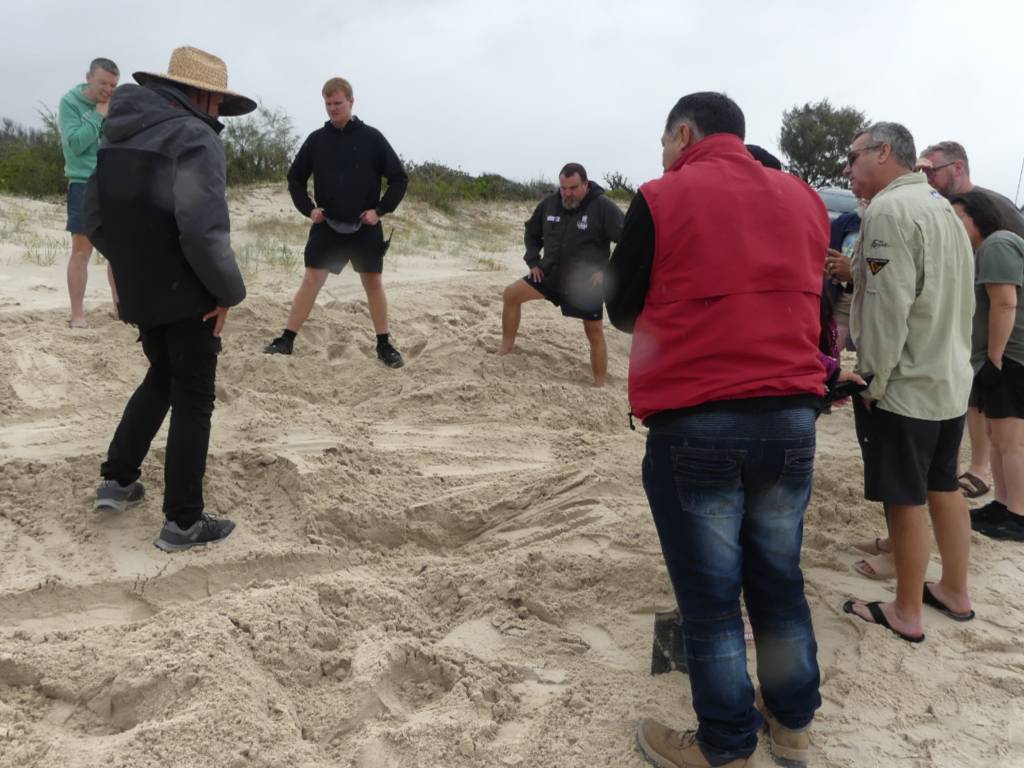
Some migrating whales off the coast (see video for more):
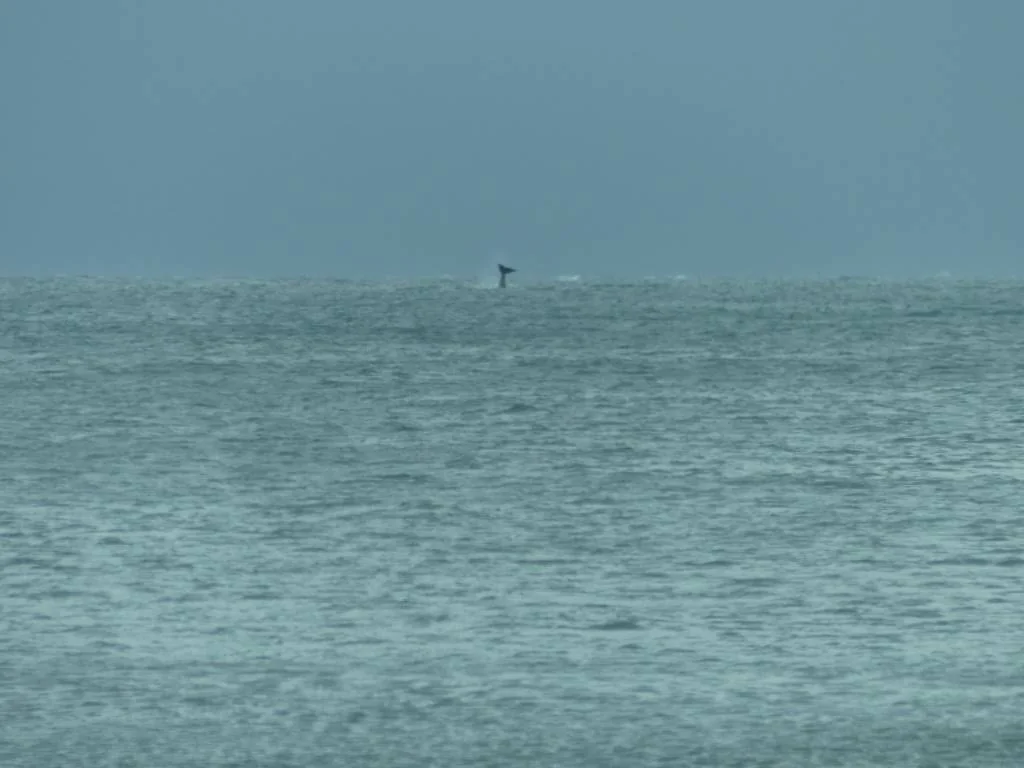
Towards the end. It might not look it, but we did manage to clean out a lot of sand when we got home. We've got our own backyard beach now.
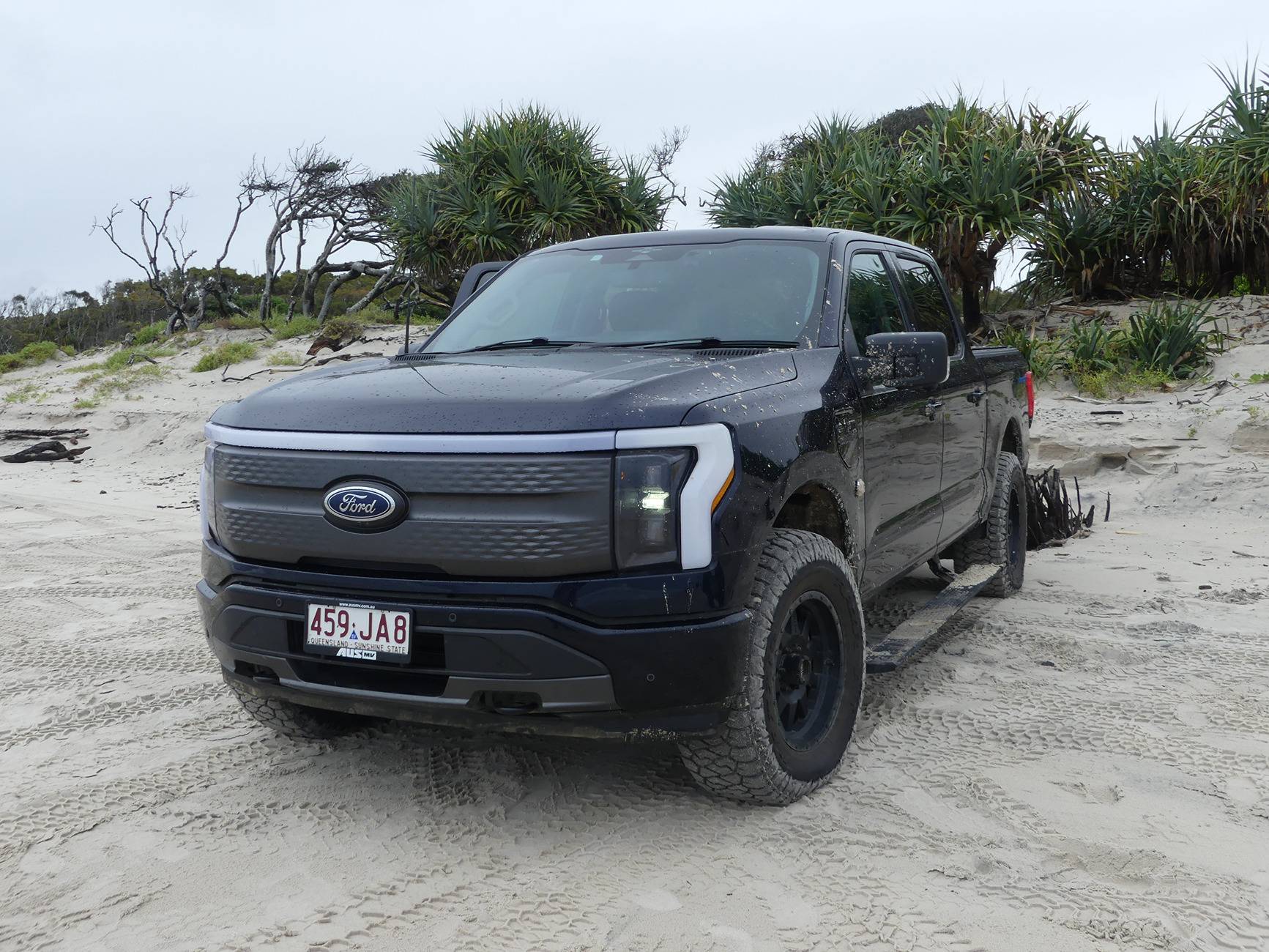
Sponsored
Last edited:

